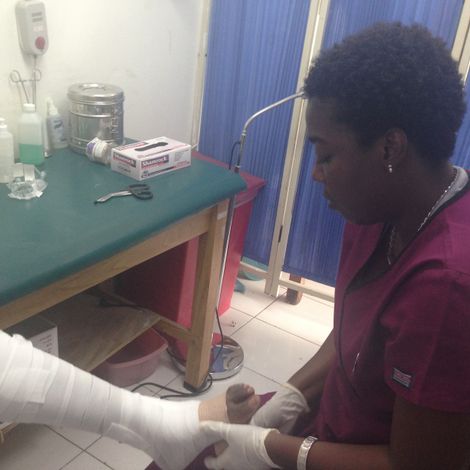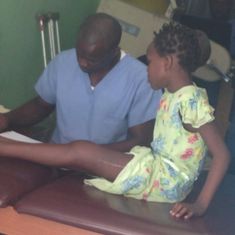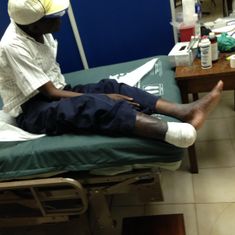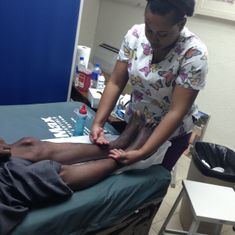Step By Step Haiti





The Step By Step Haiti project (established in 2009 by Dr. Patrick DeHeer, DPM) seeks to aid diabetic Haitian citizens by establishing a wound care clinic for those who suffer from diabetic ulcerative wounds. Currently, the project uses the space given by a local hospital— Bernard Mevs Project Medishare in Haiti. Longer-term, a separate larger wound care clinic could serve a larger number of patients. Over time, this would vastly reduce the country’s mortality rate related to limb amputation and diabetes.
Our goal with the Step By Step Haiti Project is to prevent diabetic amputations in Haiti. Studies show that when a diabetic patient has an amputation their five-year survival rate is less than 50 percent. The good news is studies also show that a comprehensive, formal diabetic foot program can reduce amputation rates by up to 80 percent. This rate equates to saving real lives in Haiti daily. Prevention is much more cost effective than post-incident care.
The second mission of this program is to instruct the Haitian medical school teachers, who will then grow the program by teaching young physicians coming through the training system. Dr. DeHeer has been on over 25 medical mission trips throughout the last several years. He has gone from doing "helicopter medicine"—where he flies in and does multiple surgeries and then flies back home. Yes, he has helped a defined few people, but his impact is limited. Dr. DeHeer no longer does surgery unless a local physician is there assisting so he can share his knowledge and experience with them. The root of this program is knowledge-sharing to help Haiti establish diabetic amputation prevention programs that compare to those in first world nations. Then they will be able to share their knowledge and experience with young physicians coming through the system.
This is why diabetic wound care prevention and education is critical to the patient’s overall survival.